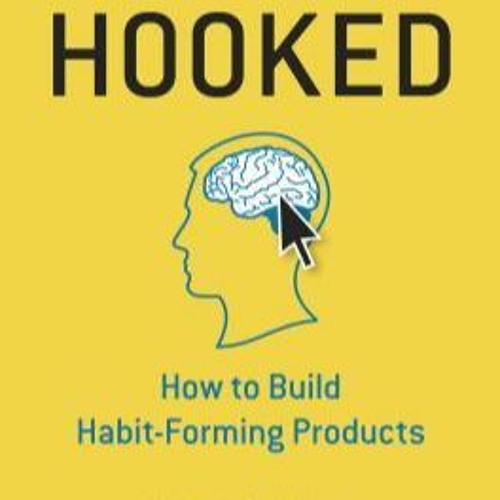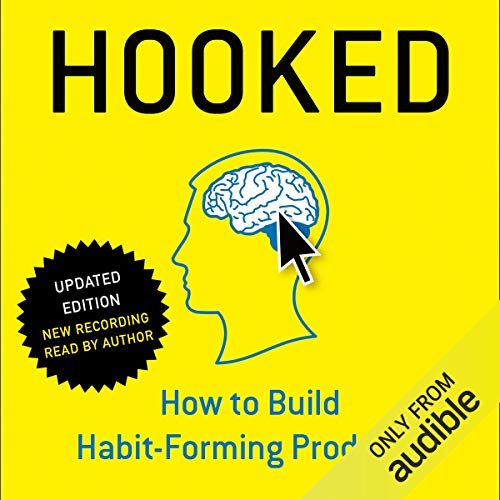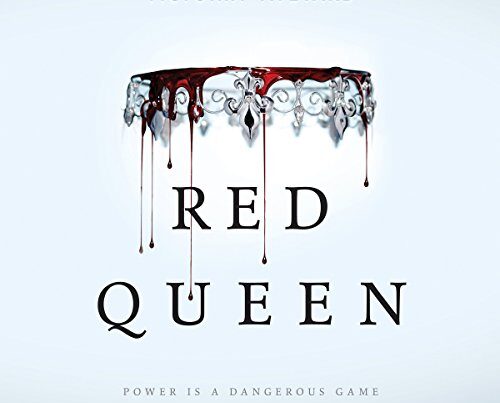Nir Eyal’s “Hooked: How to Build Habit-Forming Products” audiobook explores the psychology behind user habits. It offers practical insights for creating engaging products.
Nir Eyal’s audiobook “Hooked: How to Build Habit-Forming Products” delves into the science of user behavior. It provides actionable strategies for building products that users can’t resist. The book focuses on the Hook Model, which consists of four key components: Trigger, Action, Variable Reward, and Investment.
These elements work together to create a cycle that encourages repeated use. Entrepreneurs, product managers, and designers will find this guide invaluable for understanding how to engage users effectively. With real-world examples and clear explanations, Eyal offers a roadmap to create products that become an integral part of users’ daily routines.

Credit: nuriakenya.com
The Foundation Of Habit-forming Products
Nir Eyal’s audiobook, Hooked: How to Build Habit-Forming Products, is a must-listen for anyone in product development. Eyal’s insights into the psychology behind habit formation are crucial for building products that stick. The foundation of habit-forming products revolves around a cycle of triggers, actions, rewards, and investments. Understanding these elements can help designers create products that users can’t put down.
The Trigger Phase
Triggers are the starting point for habit formation. They can be external, like a notification, or internal, like a feeling. External triggers are cues in the environment that tell the user what to do next. Internal triggers are emotions, routines, or thoughts that prompt action.
Consider a smartphone notification. This external trigger prompts you to check your phone. An internal trigger might be boredom, leading you to open a social media app. Recognizing these triggers is the first step in designing habit-forming products.
Action: The Behavior In Response To The Trigger
The next phase is action. This is the behavior the user performs in response to the trigger. The action must be simple and easy to complete. Simplicity is key. If the action is too complex, users may abandon it.
For example, clicking a notification is a simple action. Scrolling through a feed is another easy action. The easier the action, the more likely users will complete it. Making actions simple increases user engagement and builds habits.

Credit: soundcloud.com
Investment And Reward: Completing The Loop
Nir Eyal’s audiobook, Hooked: How to Build Habit-Forming Products, dives deep into the psychology of creating addictive products. A key concept is the “Investment and Reward” phase, which completes the loop of user engagement. This phase is crucial for making users return to your product. It involves strategic use of rewards and user investment, ensuring a continuous cycle of engagement.
The Role Of Variable Rewards
Variable rewards play a crucial role in keeping users hooked. They tap into the brain’s craving for unpredictability and surprise. There are three types of variable rewards:
- Tribe Rewards: These rewards are social in nature. They include likes, comments, and shares.
- Hunt Rewards: These rewards satisfy our need for resources. Examples include finding a deal or discovering new content.
- Self Rewards: These rewards are personal achievements. Completing a level in a game or finishing a task are good examples.
Each type of reward keeps users engaged differently. The key is to mix them up. This unpredictability ensures users keep coming back.
Investment: The User’s Commitment
The investment phase involves users putting in effort. This could be time, data, or money. The more they invest, the more likely they are to return. There are several ways users can invest:
- Data: Filling out profiles or preferences.
- Content: Creating posts, reviews, or comments.
- Time: Spending time learning or using the product.
- Money: Making purchases or subscriptions.
Each investment increases the user’s commitment. This makes them more likely to stick with your product. The more they invest, the more they value the product.
Investment and reward complete the loop of user engagement. This cycle ensures that users remain hooked on the product.
Real-world Applications And Ethics
Nir Eyal’s audiobook, “Hooked: How to Build Habit-Forming Products”, is a treasure trove for anyone looking to create engaging products. The principles outlined offer a roadmap to make products that users return to repeatedly. But with great power comes great responsibility. Understanding the real-world applications and the ethics behind habit-forming products is crucial.
Case Studies: Success Stories
Many companies have applied Eyal’s principles with remarkable success. Let’s look at a few examples:
| Company | Product | Outcome |
|---|---|---|
| Social Media Platform | Over 2.8 billion users | |
| Nike | Nike Training Club App | Increased user engagement |
| Duolingo | Language Learning App | Over 500 million downloads |
Navigating The Ethical Considerations
While creating habit-forming products can be lucrative, ethical considerations are vital. Here are some key points:
- User Welfare: Ensure the product improves user lives.
- Transparency: Be clear about data usage.
- Control: Allow users to opt-out easily.
Balancing profit and user well-being can be challenging but is essential for long-term success. By considering these ethical aspects, companies can build trust and loyalty.

Credit: www.amazon.com
Conclusion
Nir Eyal’s “Hooked” audiobook offers invaluable insights into creating habit-forming products. It blends psychology and practical strategies seamlessly. By understanding user behavior, you can build products that engage and retain. Dive into this audiobook to master the art of habit formation and elevate your product design skills.



